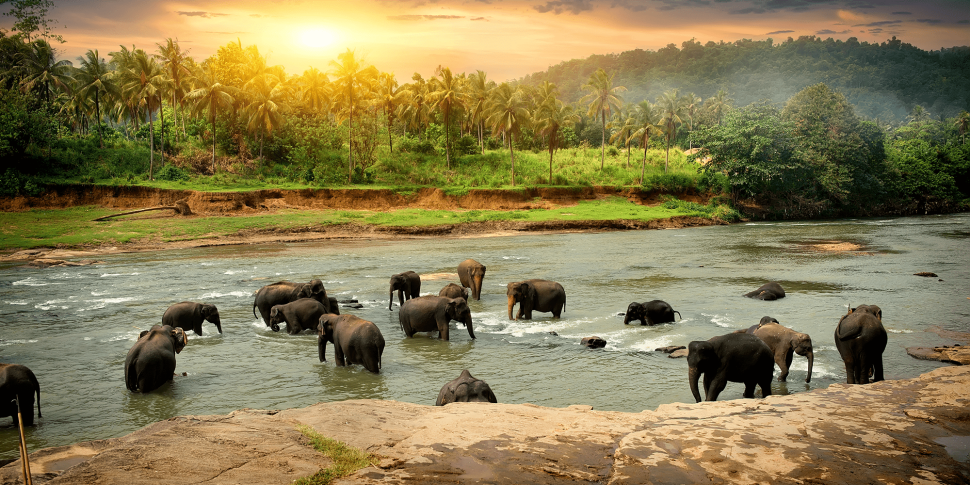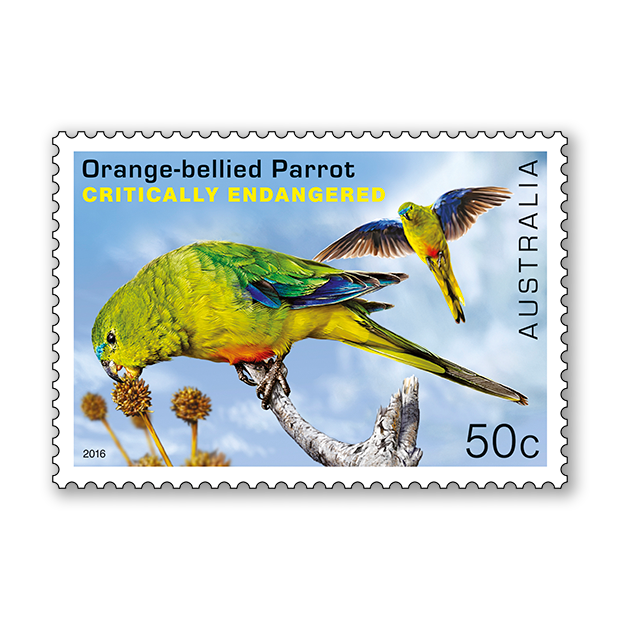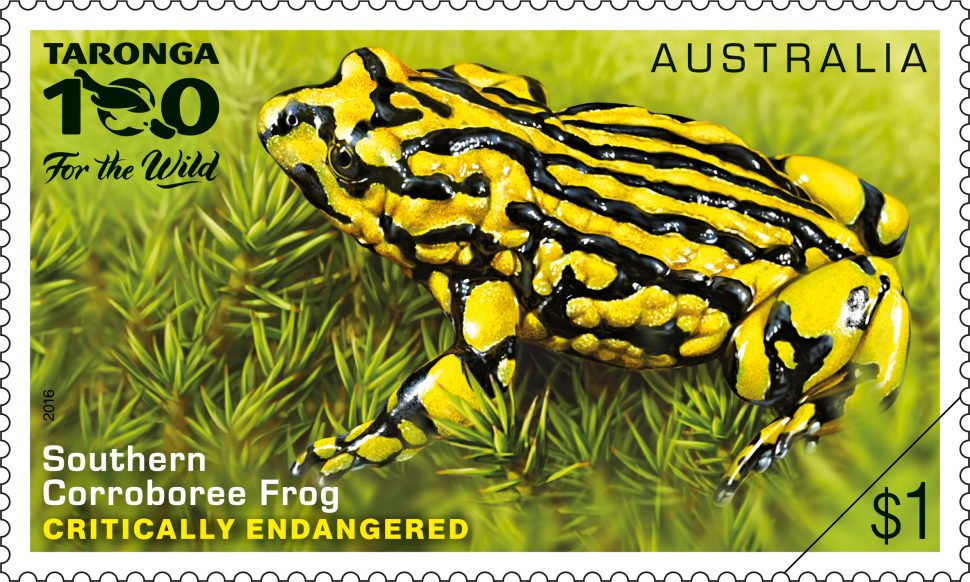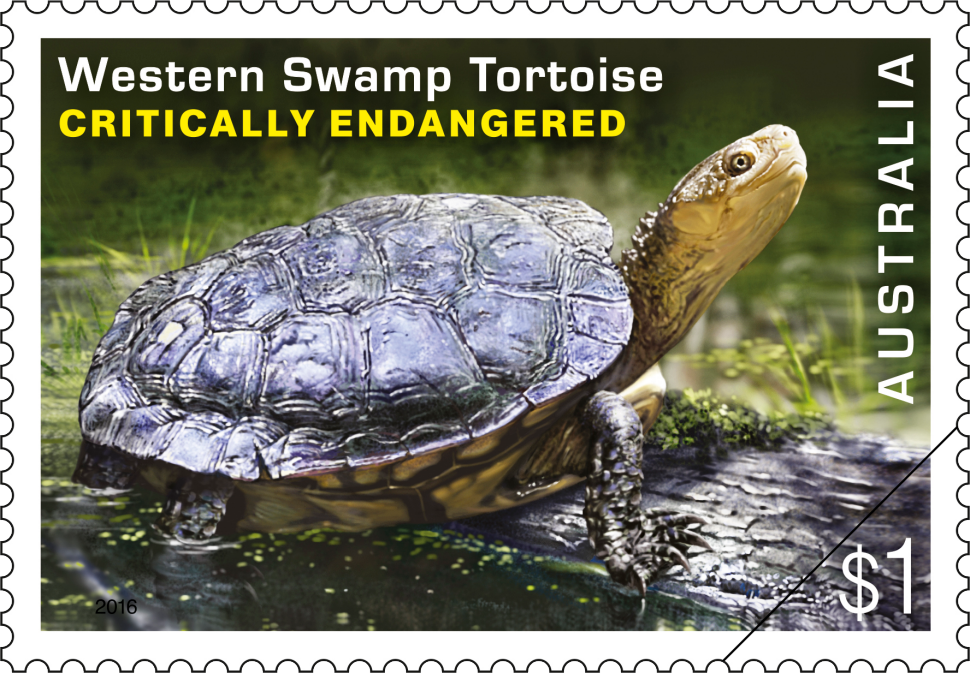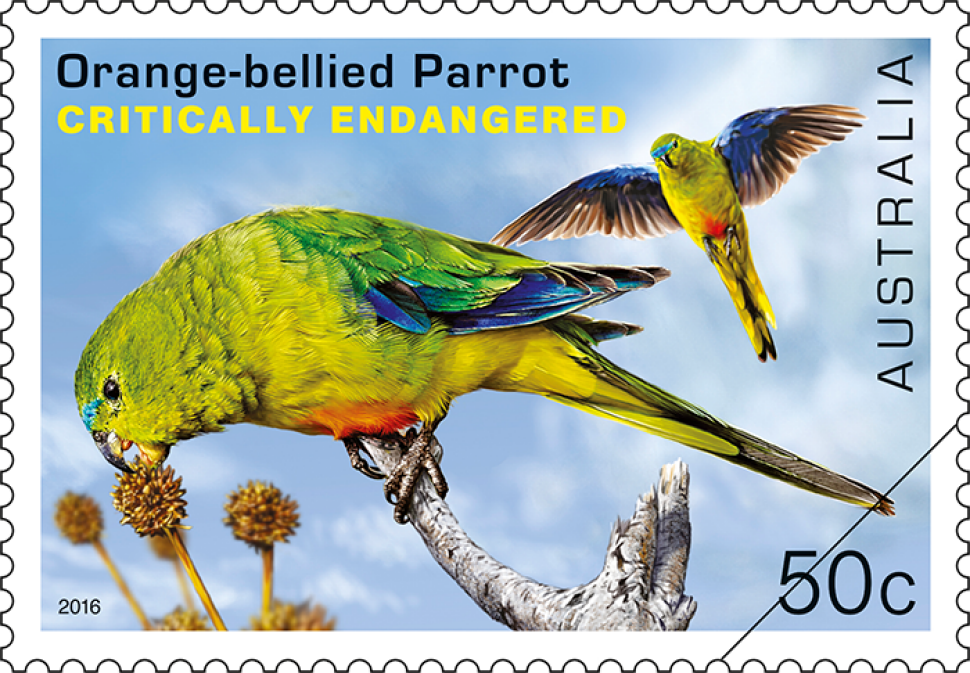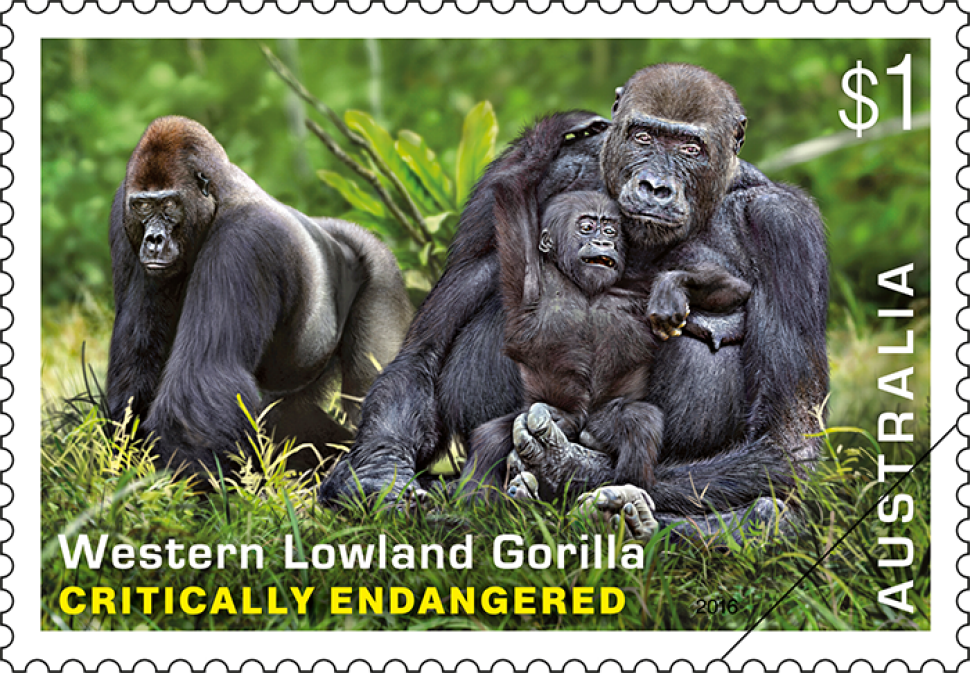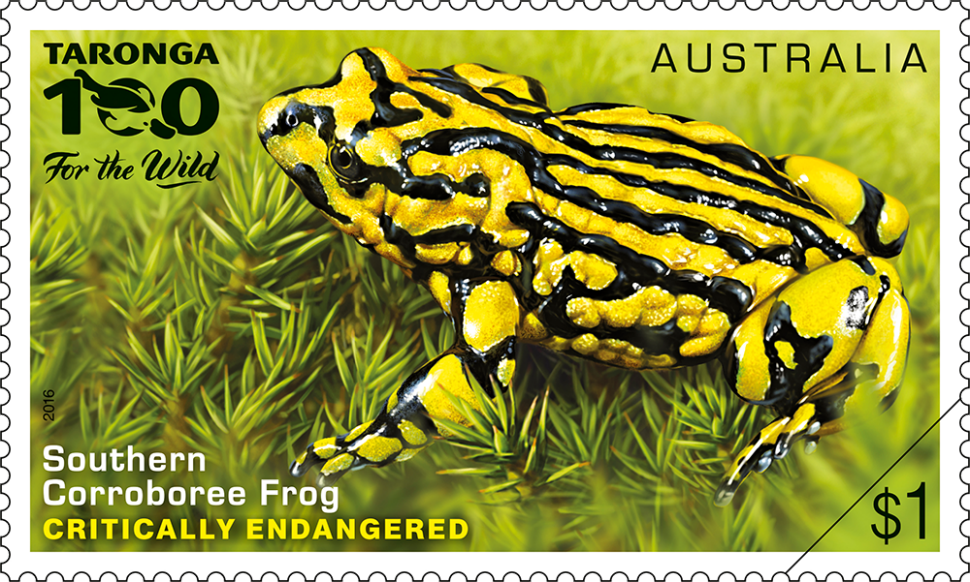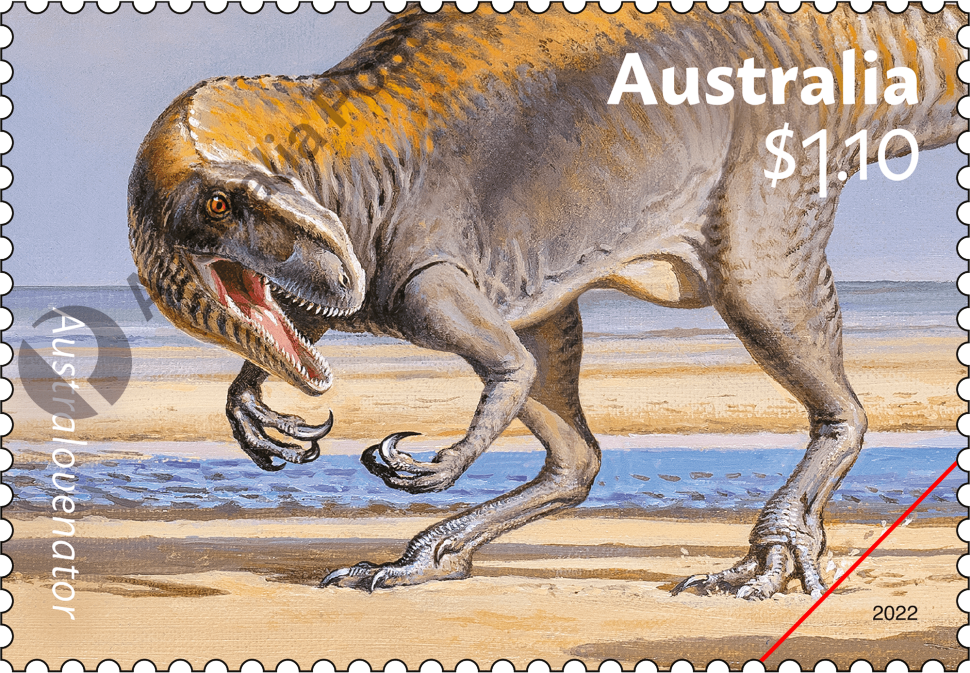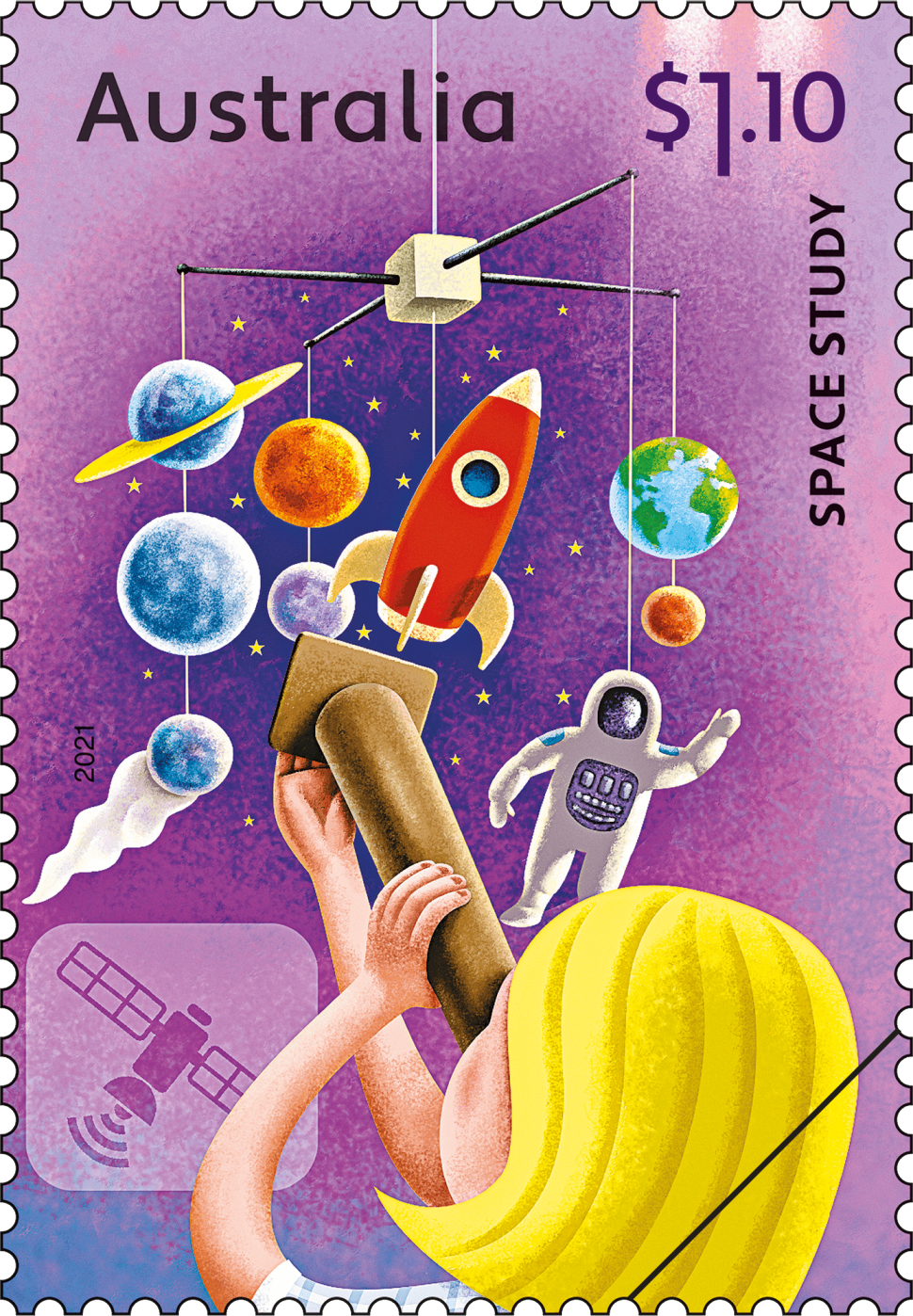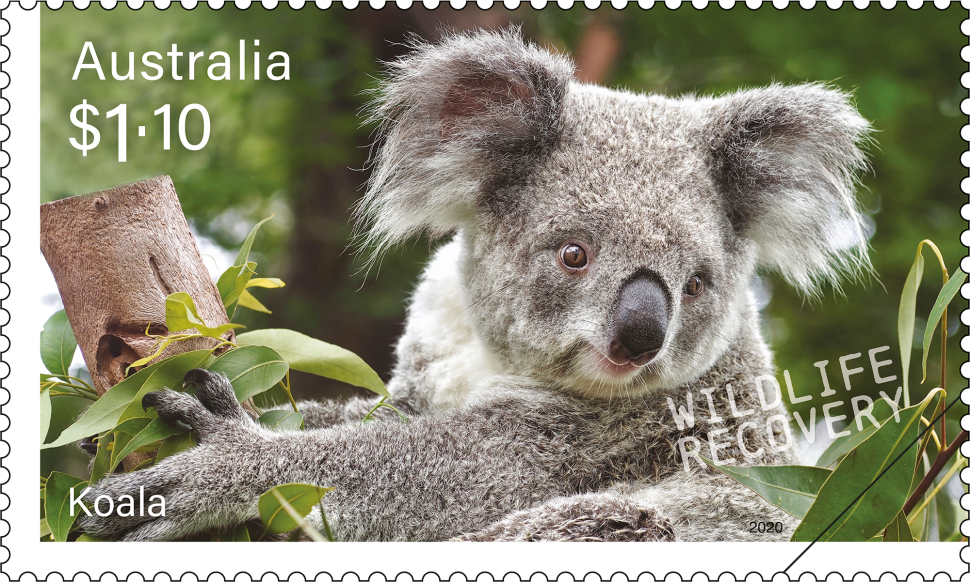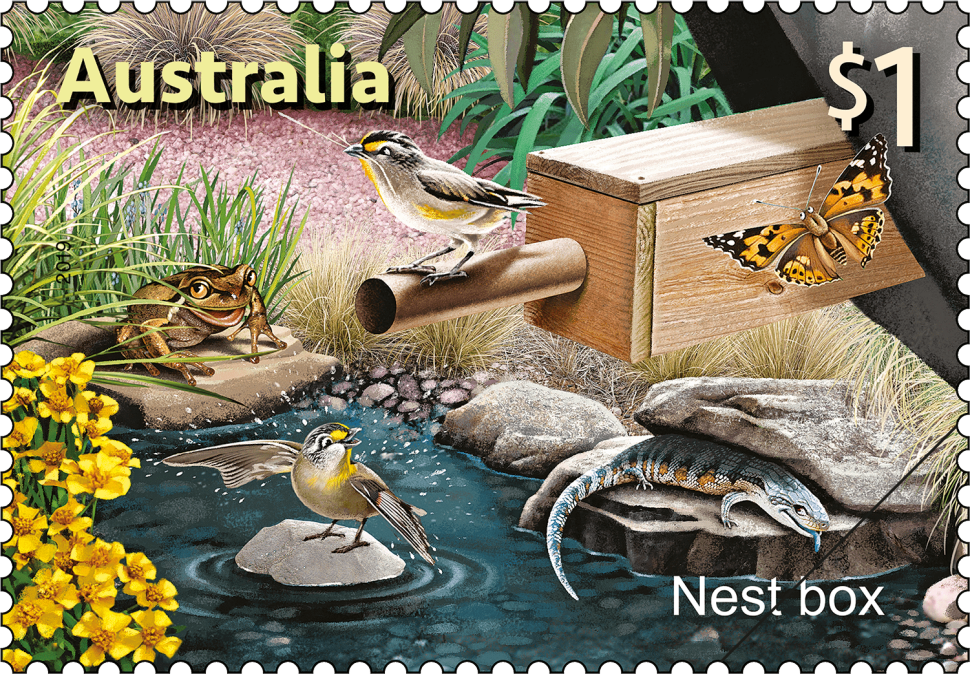October is Australia Post’s Stamp Collecting Month (SCM). SCM is for everyone who loves stamps – young and old! It’s a great way for parents and grandparents to share their love of stamps with their children and grandchildren; and it’s an ideal way for teachers to engage their students via an educational theme.
This year’s SCM theme is Endangered Wildlife. Sadly, Australia has a very high proportion of endangered animals and one of the worst extinction records of any country, including the highest loss of mammal species anywhere in the world. According to the International Union for Conservation of Nature and Natural Resources (IUCN) only three countries have lost more animal species than Australia. Australia is in the top 10 countries for endangered and threatened species, including plants, with 909 species categorised as critically endangered, endangered or vulnerable. Therefore, the work being done by organisations and zoos in the areas of conservation, breeding and protection of habitat is vital and urgent.
Stamp Collecting Month resources
As well as our “All about stamps” webpage, which introduces children to stamps, you can access a range of interactive educational resources prepared especially for SCM on our dedicated SCM website, including some entertaining videos.
The stamps
In the lead-up to SCM 2016, an issue of seven stamps will be released on 20 September 2016. The stamps feature endangered animals that are part of conservation programs in Australia, whether in zoos or other organisations. These animals are at risk of extinction and are classified as either Endangered or Critically Endangered according to the worldwide IUCN Red List of Threatened Species and in Australia, the Environment Protection and Biodiversity Conservation Act 1999 (Cth) (EPBC Act). Three animals are exotic and four are native.
The stamps feature lifelike illustrations by Owen Bell.
What can you do to help?
Taronga Zoo’s Michael McFadden suggests that there are a number of very important steps people can take to assist the plight of endangered wildlife, including:
- Visit your local zoo and learn more about the plight of Australian endangered wildlife
- Assist with local landcare or bush regeneration organisations to revegetate bushland
- Select environmentally friendly building materials and recycled products
- Select carefully when grocery shopping to minimise the purchase of items made from unsustainably-sourced products, including uncertified palm oil. Look out for the MSC label on seafood products to ensure you choose sustainably-sourced items
- Donate towards a worthy conservation organisation.
Technical specifications
- Issue date
- 20 September 2016
- Issue withdrawal date
- 31 March 2017
- Denominations
- 2 x 50c, 5 x $1
- Stamp illustrator
- Owen Bell
- Stamp and product design
- Sonia Young, Australia Post design studio
- Printer
- EgoTrade Pty Ltd
- Paper - gummed
- Tullis Russell Red Phos
- Paper - self-adhesive
- C100, RAF Unk
- Printing process
- Offset lithography (flexography)
- Stamp size
- 37.5mm x 26mm
- Perforations
- 13.86 x 14.6
- Stamp size (frog)
- 50mm x 30mm
- Sheet layout
- Module of 50
- FDI postmark
- Mosman NSW 2088
- FDI withdrawal date
- 18 October 2016
This large definitive stamp features the Southern Corroboree Frog (Pseudophryne corroboree). This small, brightly coloured amphibian is one of the world’s rarest frogs and is found only in a small area of Mt Kosciuszko National Park in the southern part of New South Wales. Numbers of this tiny frog have declined dramatically because of the species’ susceptibility to the introduced amphibian chytrid fungus, for which scientists are searching for a cure.
Although this frog is perilously close to extinction in the wild, captive breeding colonies are being successfully maintained at the Amphibian Research Centre (Victoria), Taronga Zoo (New South Wales), Melbourne Zoo and Healesville Sanctuary (Victoria). A program to maintain wild populations of this species is being undertaken by the NSW Office of Environment.
The stamp also commemorates that centenary of the Taronga Zoo, NSW, which has breeding programs for this rare frog.
The Herpetofauna Supervisor at Taronga Zoo, Michael McFadden notes: “…Taronga has been involved in the conservation of this species now for 10 years. The program was started as it was clear that the species was declining towards extinction, which would be inevitable without human intervention. It currently involves a collaboration between four zoological institutions, maintaining insurance colonies of the species under strict quarantine. Each of the facilities is climate-controlled to allow replication of the cold weather conditions in Kosciuszko National Park. The insurance populations are carefully genetically-managed to ensure maximising genetic variation. To date, we have had had excellent breeding success, which has allowed for the release of over 5000 eggs in the national park, trialling a number of different approaches to boost survivorship in the wild population.”
Taronga Zoo is involved in a number of other native species recovery programs, including those for the Bellinger River Turtle, Regent Honeyeater, Plains-wanderer, Yellow-spotted Bell Frog and Brush-tailed Rock Wallaby. The zoo also invests funds towards their conservation grants program and have developed conservation partnerships with in-situ programs around the world, including anti-poaching and community engagement in Kenya, providing habitat protection for Gibbon species in Vietnam and Cassowary conservation in the Daintree Rainforest.
“Animal conservation is the primary focus of Taronga’s mission. We are heavily invested in conserving the threatened wildlife, in Australia and worldwide, through a number of different strategies, including our involvement in recovery and reintroduction programs; our Taronga field grants programs, which fund vitally important conservation efforts around the world; our Taronga conservation partnerships, which assist in funding conservation work for selected highly endangered species worldwide; and our Community Conservation campaigns that aim to change behaviour, such as the Don’t Palm Us Off campaign and the Wildlife Witness App,” says Michael.
The carnivorous Snow Leopard (Panthera uncia syn. Uncia uncia) is a large cat native to mountain ranges of central and south Asia. These cats are rarely seen because they inhabit harsh terrain with an extreme climate and are distributed across a range of over two million square kilometres across 12 countries. It is listed as Critically Endangered on the IUCN Red List (international) and under the EPBC Act List of Threatened Species (Australia), and it is estimated that there are currently anywhere between 4,000 and 6,500 individuals in the wild.
A global breeding program has been established to help save the species. The Australasian region contributes to International Snow Leopard Trust and animals are currently housed at Melbourne Zoo and three privately owned zoos: National Zoo, Canberra, and Mogo Zoo and Billabong Koala Wildlife Park, both in NSW. Cubs have been born at Mogo, Melbourne and Taronga Zoos.
The Asian Elephant (Elephas maximus) is Asia’s largest terrestrial mammal. It used to roam over most of Asia, but is now restricted to just 15 per cent of its original range. The population has declined by at least 50 per cent over the last 60 to 75 years. The most recent estimate of the global population is 41,430, and the Asian Elephant is listed as Endangered on the IUCN Red List.
Asian Elephants can be found at Melbourne Zoo, Perth Zoo, Taronga Zoo and Taronga Western Plains Zoo at Dubbo. Encouragingly, calves have been born at Taronga and Melbourne.
The Critically Endangered Western Lowland Gorilla (Gorilla gorilla gorilla) is a large primate native to the rainforests of central Africa. It is difficult to estimate numbers, as they inhabit some of Africa’s densest and most remote rainforests. The total population is thought to be up to 100,000 individuals but is decreasing. The main threats to these gorillas are commercial hunting and disease, though habitat destruction is also a pressing issue.
Australian Zoos participating in International Breeding Programs to save the Western Lowland Gorilla are Taronga Zoo, Melbourne Zoo, Werribee Zoo and Mogo Zoo. Kimya, a 10 year old female, gave birth at Melbourne Zoo in March 2015, marking the first arrival for the species there in 15 years.
Australia’s most endangered reptile, the short-necked freshwater Western Swamp Tortoise (Pseudemydura umbrina) is found only in two locations in a small area of the Swan Coastal Plain in Western Australia. The range of the Western Swamp Tortoise has always been restricted, but with limited numbers and habitat remaining this little tortoise is very vulnerable to any habitat changes as well as feral animals.
Since numbers dropped to less than 50 in the mid-1980s, intensive habitat management, captive breeding and translocations guided by a National Recovery Plan developed by the Department of Parks and Wildlife (Western Australia) have increased the number to around 200 in the wild.
Successful captive breeding programs are also occurring at Perth Zoo and Adelaide Zoo, the latter in partnership with the Western Swamp Tortoise Recovery Team.
One of the world’s rarest and most endangered species, the Orange-bellied Parrot (Neophema chrysogaster) is on the brink of extinction. It is listed as Critically Endangered under the EPBC Act and on the IUCN Red List. This migratory bird is endemic to southern Australia and breeds only in coastal south-west Tasmania spending its winters in coastal Victoria and South Australia.
Loss of habitat and feral animals are key threats to this tiny creature’s viability. In autumn 2016, fewer than 50 birds were known to be alive in the wild. The captive population consists of around 340 birds held in Taroona (Tasmania), Healesville Sanctuary, Adelaide Zoo, Melbourne Zoo, Moonlit Sanctuary Wildlife Conservation Park (Victoria) and Priam Parrot Breeding Centre (New South Wales). For the last three seasons captive-bred birds have been released into the wild to assist in achieving an objective of the National Recovery Plan which is to “achieve a stable or increasing population in the wild within five years”. The Commonwealth Threatened Species Action Plan also aspires to secure the status of the Orange-bellied parrot by 2020 through the implementation of emergency intervention measures.
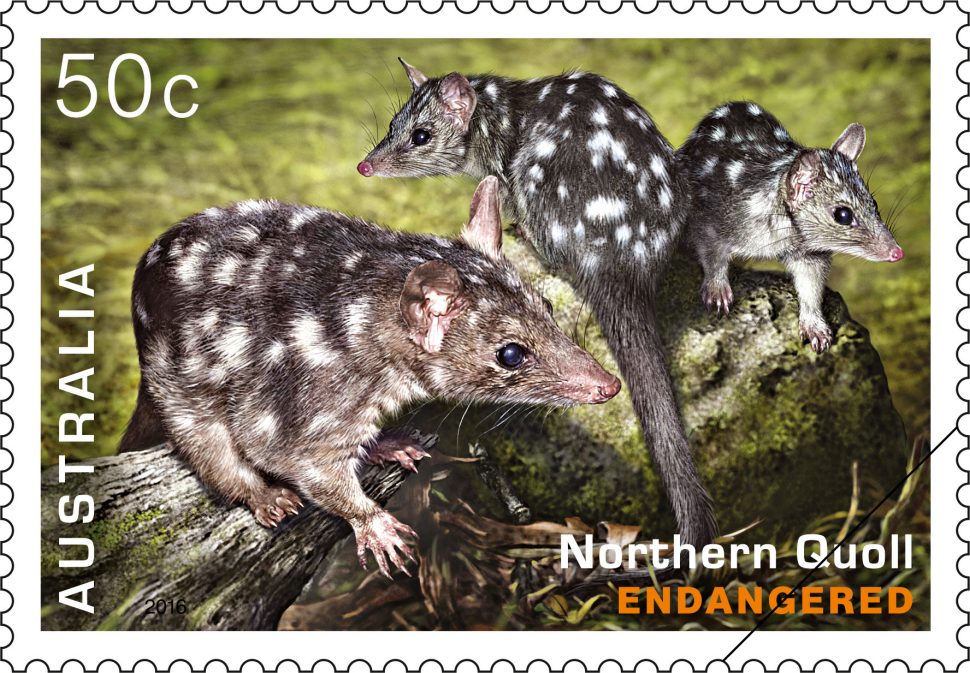
The Northern Quoll (Dasyurus hallucatus) is the smallest of the four Australian species of quoll. It is an omnivorous marsupial that once occurred across extensive areas of northern Australia. It has now contracted to only isolated populations.
Its current major threats are the spread of cane toads, inappropriate fire regimes and feral cats. The Northern Quoll has suffered severe population contraction and decline, but management of existing populations and protection of islands from cane toads and feral cats are helping to protect this iconic species.
This content was produced at the time of the stamp issue release date and will not be updated.
